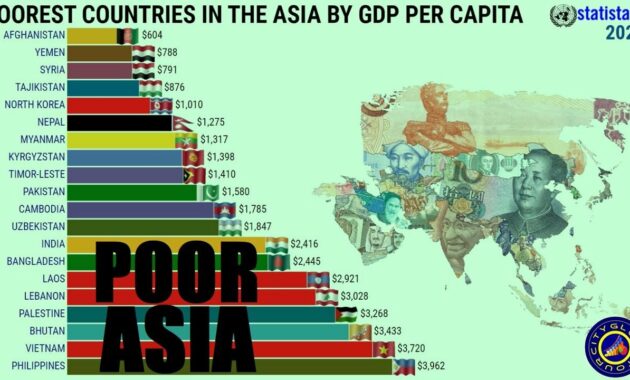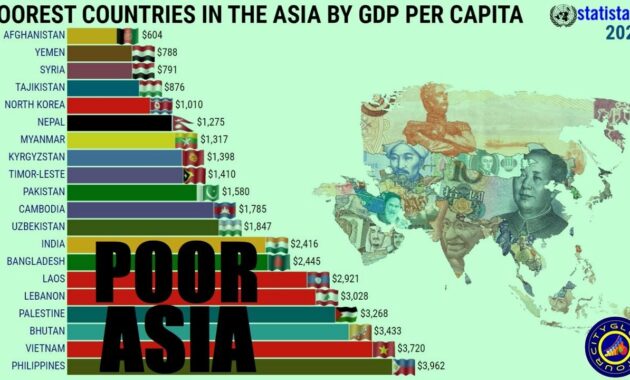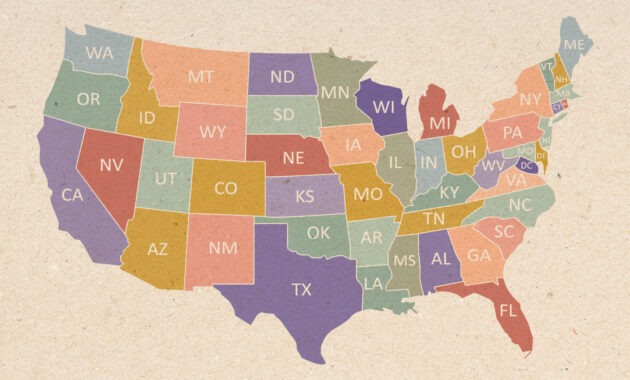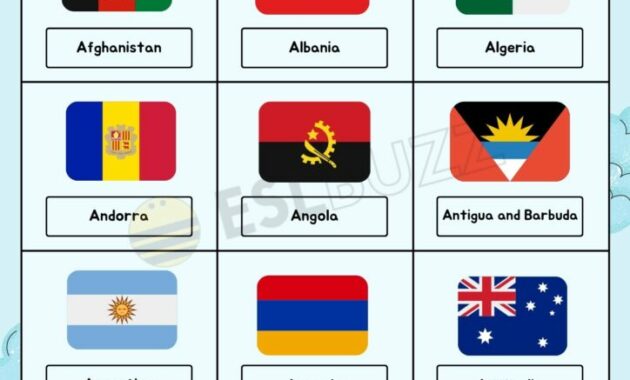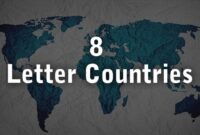Asia, a continent of vibrant cultures, breathtaking landscapes, and dynamic economies, also faces the stark reality of poverty in several of its nations. Understanding the socio-economic factors that contribute to these disparities is crucial for fostering sustainable development and improving the lives of millions. This exploration delves into the complexities of poverty in Asia, highlighting some of the challenges and potential pathways toward a more equitable future.
The 30 Poorest Countries in Asia
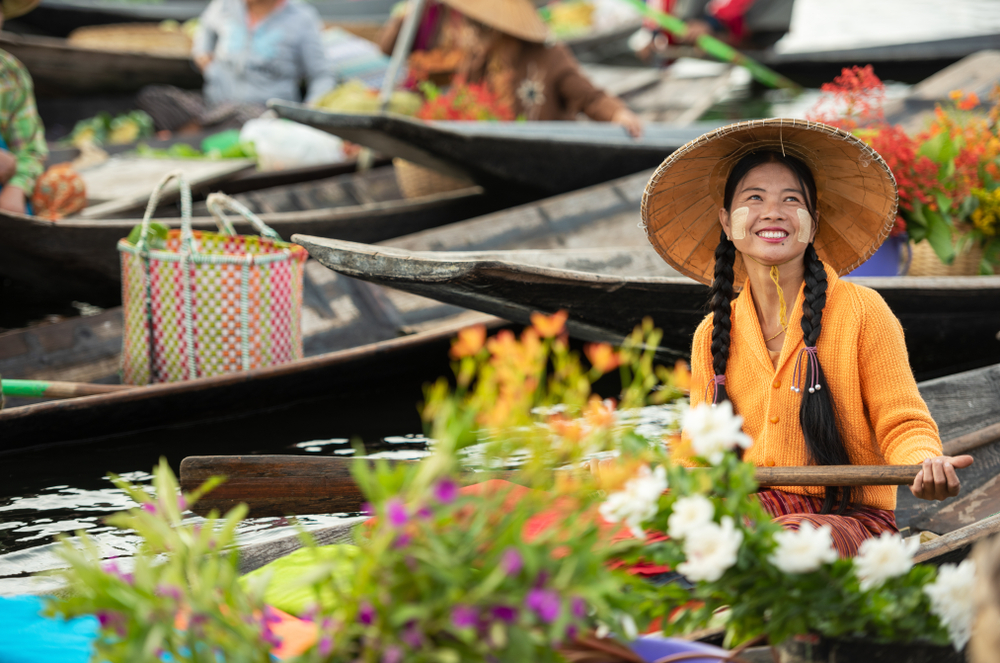
Defining poverty is multifaceted. While income-based metrics, often measured by the Gross National Income (GNI) per capita, provide a quantifiable measure, they don’t fully capture the nuances of human well-being. Factors like access to healthcare, education, clean water, sanitation, and adequate nutrition play equally vital roles. Furthermore, social and political instability, environmental degradation, and vulnerability to natural disasters can exacerbate poverty and hinder progress.
Several countries in Asia grapple with significant poverty rates. Afghanistan, for instance, faces persistent challenges due to decades of conflict, political instability, and limited infrastructure. The ongoing humanitarian crisis and economic downturn have further worsened the situation, leaving a large portion of the population struggling to meet basic needs. Similarly, Yemen, ravaged by civil war, suffers from widespread food insecurity, displacement, and a collapsing economy. The conflict has disrupted livelihoods, destroyed infrastructure, and severely limited access to essential services.
Other nations, while not facing active conflict, still contend with deep-seated poverty. Nepal, a landlocked country with challenging terrain, struggles with limited economic opportunities, particularly in rural areas. Agriculture remains the primary source of income for many, but productivity is often low due to poor infrastructure, lack of access to modern technology, and vulnerability to climate change. Similarly, Bangladesh, despite significant economic progress in recent decades, continues to face challenges in reducing poverty, particularly in densely populated areas and among marginalized communities. Climate change-related disasters, such as floods and cyclones, pose a constant threat to livelihoods and infrastructure.
Myanmar’s recent political turmoil has also significantly impacted its economy and poverty levels. The disruption of economic activity, coupled with increased social unrest and displacement, has pushed many families into poverty. The country’s progress in poverty reduction over the past decade has been severely undermined, and the future remains uncertain.
Understanding the root causes of poverty in these countries is essential for developing effective solutions. Factors such as corruption, weak governance, lack of investment in human capital, and unequal access to resources all contribute to the problem. Addressing these issues requires comprehensive strategies that promote good governance, strengthen institutions, and create inclusive economic opportunities.
Investing in education and healthcare is crucial for breaking the cycle of poverty. Education empowers individuals with the skills and knowledge they need to participate in the economy and improve their living standards. Healthcare ensures a healthy and productive workforce, reducing the burden of disease and improving overall well-being. Furthermore, access to clean water and sanitation is essential for preventing disease and improving public health.
Promoting sustainable agriculture and rural development is also vital for reducing poverty in many Asian countries. Supporting farmers with access to modern technology, improved seeds, and irrigation systems can increase productivity and incomes. Investing in rural infrastructure, such as roads and markets, can improve access to markets and reduce post-harvest losses. Furthermore, promoting diversification of livelihoods can reduce dependence on agriculture and create new economic opportunities in rural areas.
Social safety nets, such as cash transfer programs and food assistance, can provide a crucial safety net for the most vulnerable populations. These programs can help to alleviate poverty and improve food security, particularly during times of crisis. However, it is important to ensure that these programs are well-targeted and effectively implemented to maximize their impact.
Addressing inequality is also essential for reducing poverty. In many Asian countries, wealth is concentrated in the hands of a small elite, while a large portion of the population struggles to make ends meet. Reducing inequality requires policies that promote fair taxation, access to education and healthcare, and equal opportunities for all.
International cooperation and development assistance play a crucial role in supporting poverty reduction efforts in Asia. Developed countries can provide financial assistance, technical expertise, and policy advice to help developing countries achieve their development goals. However, it is important to ensure that development assistance is effective and aligned with the priorities of the recipient countries.
Poorest Country In Asia 2021 – ABTC

Looking ahead, addressing poverty in Asia will require a sustained and concerted effort from governments, civil society, the private sector, and the international community. By investing in education, healthcare, sustainable agriculture, and social safety nets, and by promoting good governance, inclusive economic growth, and international cooperation, it is possible to create a more equitable and prosperous future for all.
Furthermore, innovation and technology can play a transformative role in poverty reduction. Utilizing digital technologies to improve access to information, financial services, and healthcare can empower individuals and communities. Promoting entrepreneurship and innovation can create new economic opportunities and drive sustainable growth. Investing in renewable energy can reduce dependence on fossil fuels and promote sustainable development.
The challenge of poverty in Asia is complex and multifaceted, but it is not insurmountable. By working together and implementing effective strategies, we can create a future where all Asians have the opportunity to live with dignity and prosperity. The key lies in recognizing the interconnectedness of economic, social, and environmental factors and adopting a holistic approach to development that addresses the root causes of poverty and promotes sustainable and inclusive growth.
Moreover, empowering women and girls is essential for poverty reduction. Women play a crucial role in their families and communities, and investing in their education, health, and economic empowerment can have a significant impact on poverty reduction. Ensuring that women have equal access to opportunities and resources is not only a matter of justice but also a matter of economic efficiency.
Climate change poses a significant threat to poverty reduction efforts in Asia. Many of the poorest countries in Asia are also the most vulnerable to the impacts of climate change, such as droughts, floods, and sea-level rise. Addressing climate change requires both mitigation and adaptation measures. Reducing greenhouse gas emissions and investing in climate-resilient infrastructure and agriculture can help to protect vulnerable communities and livelihoods.
In conclusion, tackling poverty in Asia demands a multi-pronged strategy that encompasses economic growth, social inclusion, environmental sustainability, and good governance. It requires a long-term commitment from all stakeholders, including governments, civil society, the private sector, and the international community. By working together and embracing innovative solutions, we can create a more just and prosperous future for all Asians.
If you are searching about World poorest country in Asia you’ve came to the right page. We have 5 Pictures about World poorest country in Asia like Poorest Country In Asia 2021 – ABTC, World poorest country in Asia and also Top 10 Poorest Countries in Asia – FactsKing.com. Here it is:
World Poorest Country In Asia

lucknowreport.com
Poorest Country In South Asia 2024 – Elyssa Terrye
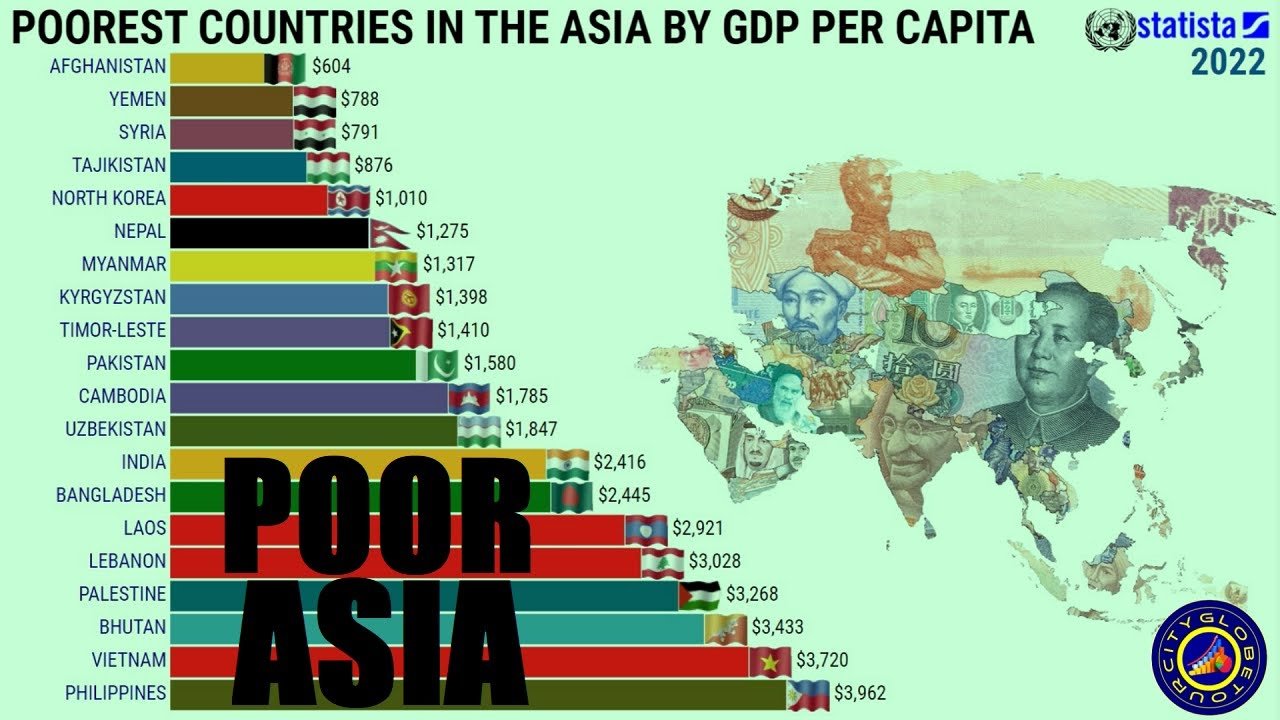
myrlenewilyssa.pages.dev
Poorest Country In Asia 2021 – ABTC

abtc.ng
poorest
The 30 Poorest Countries In Asia

journeyz.co
Top 10 Poorest Countries In Asia – FactsKing.com

factsking.com
The 30 poorest countries in asia. Poorest country in south asia 2024. Poorest country in asia 2021



